Home>Garden Essentials>What Is The Title Of The Engineer Who Works On Garden Design
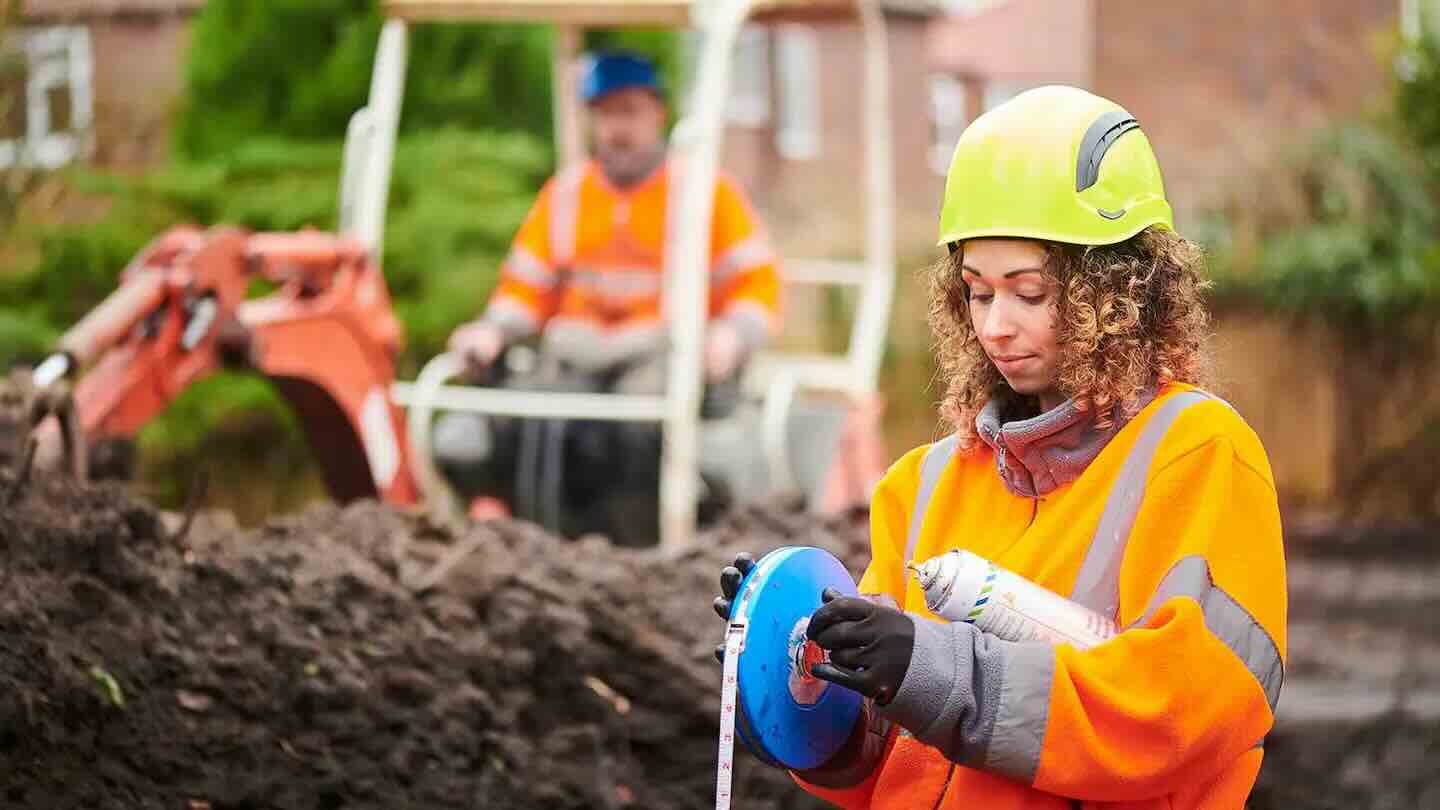

Garden Essentials
What Is The Title Of The Engineer Who Works On Garden Design
Modified: October 27, 2024
Discover the role of a garden engineer, responsible for designing breathtaking outdoor spaces. Explore their expertise, techniques, and innovative solutions for transforming gardens into natural wonders.
(Many of the links in this article redirect to a specific reviewed product. Your purchase of these products through affiliate links helps to generate commission for Storables.com, at no extra cost. Learn more)
Introduction
Have you ever strolled through a beautifully landscaped garden and wondered about the effort and expertise that went into its design? Behind every stunning garden is a team of professionals who work tirelessly to create an enchanting outdoor space. One key member of this team is the garden design engineer.
Garden design engineering is a specialized field that combines creativity and technical knowledge to transform empty spaces into stunning gardens. It is a multidisciplinary profession that requires expertise in various areas, including horticulture, landscape architecture, and engineering.
In this article, we will delve into the role of a garden design engineer, their responsibilities, required skills, and the tools they use. We will explore the collaborative nature of their work and the challenges they face. Furthermore, we will discuss the importance of garden design engineering in the world of landscape architecture and the opportunities available in this rewarding career path.
So, if you have a passion for both creativity and engineering, read on to discover the fascinating world of garden design engineering!
Key Takeaways:
- Garden design engineers blend creativity and technical skills to create stunning, sustainable outdoor spaces. They collaborate with professionals, use advanced tools, and overcome challenges to bring their designs to life.
- Garden design engineers have diverse career opportunities, from working in landscape architecture firms to self-employment. Their expertise shapes public spaces, promotes sustainability, and enhances the beauty of outdoor environments.
Read more: Who Is The Father Of Civil Engineering
Role of an Engineer in Garden Design
Garden design engineers play a vital role in the planning, development, and implementation of garden projects. They bring a unique blend of creativity and technical expertise to create aesthetically pleasing, functional, and sustainable outdoor spaces.
One of the key responsibilities of a garden design engineer is to assess the site conditions and develop a comprehensive understanding of the available space. They analyze the topography, soil composition, drainage, and other environmental factors to determine how these elements can impact the garden design. By collaborating with landscape architects and horticulturists, garden design engineers ensure that the garden layout is optimized for plant health and growth.
Additionally, garden design engineers are skilled in the use of engineering principles and techniques to design and construct various garden structures. They assess the feasibility of different features such as pathways, retaining walls, water features, and irrigation systems, taking into consideration factors such as safety, durability, and sustainability. They work closely with architects and construction teams to ensure that the designed structures are implemented accurately and efficiently.
Incorporating sustainability into garden design is another crucial role of the engineer. They focus on environmentally friendly practices such as rainwater harvesting, using native plants, and employing energy-efficient irrigation systems. By utilizing sustainable techniques, garden design engineers help preserve natural resources and reduce the environmental impact of gardens.
Furthermore, garden design engineers are responsible for conducting regular maintenance inspections to assess the condition of the garden structures and systems. They identify any repair or maintenance needs and provide recommendations for improvements to ensure the longevity and functionality of the garden.
In essence, the role of a garden design engineer is to blend their engineering knowledge and creative skills to design functional, sustainable, and visually appealing outdoor spaces. They collaborate with a team of professionals, including landscape architects, horticulturists, and construction teams, to bring their designs to life and create captivating gardens that can be enjoyed for years to come.
Responsibilities of a Garden Design Engineer
A garden design engineer has a wide range of responsibilities that encompass various aspects of garden planning, design, and implementation. These responsibilities are crucial to ensure the successful execution of garden projects. Let’s take a closer look at the key responsibilities of a garden design engineer:
- Site Assessment and Analysis: One of the primary responsibilities of a garden design engineer is to assess the site where the garden will be developed. They analyze factors such as topography, soil quality, drainage patterns, and existing vegetation to determine the constraints and opportunities of the site.
- Garden Design Planning: Based on the site assessment, the garden design engineer collaborates with landscape architects and horticulturists to develop the garden design plan. They integrate elements such as pathways, water features, structures, and planting designs into an overall cohesive plan that balances functionality, aesthetics, and sustainability.
- Structural Design and Engineering: Garden design engineers are responsible for designing and engineering various garden structures and features. This includes pathways, retaining walls, fences, pergolas, and outdoor seating areas. They ensure that these structures are not only visually appealing but also structurally sound and safe for users.
- Irrigation Systems and Water Management: Efficient water management is essential for the health and vitality of plants in a garden. Garden design engineers design and implement irrigation systems that deliver water effectively to plants while minimizing wastage. They also assess the water needs of the garden and implement water conservation techniques such as rainwater harvesting and efficient irrigation methods.
- Sustainable Practices: Garden design engineers prioritize sustainability in their work. They incorporate sustainable practices such as using native plants, selecting materials with a low carbon footprint, and integrating energy-efficient systems into the garden design.
- Collaboration with Professionals: Garden design engineers work closely with landscape architects, horticulturists, contractors, and other professionals involved in the garden project. They collaborate to ensure the smooth execution of the project, incorporating input from different disciplines to create a cohesive and harmonious garden design.
- Maintenance and Evaluation: Once the garden is completed, garden design engineers play a role in overseeing the maintenance and evaluation of the garden. They conduct regular inspections to assess the condition of structures, systems, and plant health. They identify any issues or areas that require maintenance and provide recommendations for improvements.
These responsibilities highlight the diverse and critical role that garden design engineers play in the development of beautiful and functional outdoor spaces. Their expertise and collaboration with other professionals help bring garden designs to life and create environments that are both visually stunning and sustainable.
Skills and Qualifications Required
Being a garden design engineer requires a unique combination of technical and creative skills. Here are some of the key skills and qualifications necessary to excel in this field:
- Technical Knowledge: Garden design engineers need to have a solid understanding of engineering principles, including structural design, drainage systems, and irrigation systems. They should be knowledgeable about materials and construction techniques related to outdoor structures.
- Landscape and Horticulture Knowledge: A strong grasp of landscape design principles and horticulture is crucial. Garden design engineers need to possess knowledge about plants, their growth requirements, and how they interact with various environmental factors. This understanding enables them to create functional and visually appealing gardens.
- Creative Design Skills: Garden design engineers should have a keen eye for aesthetics and the ability to conceptualize and create visually stunning outdoor spaces. They should be able to integrate different elements, such as pathways, water features, and structures, into a cohesive and harmonious design.
- Problem-Solving Abilities: Garden design engineers often encounter challenges during the planning and implementation stages. They need to be adept at identifying problems and finding effective solutions. This requires analytical thinking, attention to detail, and the ability to adapt to changing circumstances.
- Communication and Collaboration: Excellent communication skills are essential for garden design engineers to effectively collaborate with landscape architects, horticulturists, and contractors. They must be able to convey their ideas and designs clearly and work together as a team to bring the garden project to fruition.
- Computer-Aided Design (CAD) Proficiency: Proficiency in computer-aided design software, such as AutoCAD, is a valuable skill for garden design engineers. CAD software allows them to create detailed and accurate drawings and three-dimensional models of the garden design, facilitating efficient communication with the project team.
- Education and Certification: To pursue a career as a garden design engineer, a bachelor’s degree in civil engineering, landscape architecture, or a related field is typically required. Additionally, obtaining professional certifications, such as those offered by organizations like the American Society of Landscape Architects (ASLA), can enhance credibility and demonstrate expertise in garden design engineering.
These skills and qualifications equip garden design engineers with the technical knowledge and creative abilities necessary to bring their vision to life. By combining these skills with a passion for nature and design, they can create breathtaking outdoor spaces that meld functionality with aesthetics.
Tools and Technologies Used by Garden Design Engineers
Garden design engineers utilize a wide range of tools and technologies to assist them in their work. These tools help streamline the design process, enhance accuracy, and bring their ideas to life. Let’s explore some of the key tools and technologies commonly used by garden design engineers:
- Computer-Aided Design (CAD) Software: CAD software, such as AutoCAD and SketchUp, is an essential tool for garden design engineers. It allows them to create detailed 2D and 3D drawings of the garden design, including structures, pathways, and planting layouts. CAD software enables precise measurements and provides a visual representation of the design before its implementation.
- GIS Mapping Software: Geographic Information System (GIS) mapping software, such as ArcGIS, is used by garden design engineers to analyze site conditions and gather data about the site’s topography, soil types, and existing vegetation. This software helps them make informed decisions about the placement of structures and the selection of plant species.
- Hydraulic Analysis Software: Garden design engineers use hydraulic analysis software to assess water management systems, such as irrigation networks and drainage systems. This software allows them to calculate water flow rates, analyze the efficiency of the systems, and ensure proper water distribution throughout the garden.
- Visualization Tools: Visualization tools, such as 3D rendering software and virtual reality (VR) technologies, are utilized by garden design engineers to provide clients and project stakeholders with realistic visual representations of the proposed design. These tools enable stakeholders to better understand and visualize the finished garden before construction begins.
- Measurement and Surveying Equipment: Garden design engineers use various measurement and surveying tools, including laser levels, total stations, and GPS devices, to accurately measure and survey the site. These tools ensure precise measurements of site boundaries, slopes, and elevations, aiding in the design and construction process.
- Erosion Control Software: Erosion control software helps garden design engineers analyze and address potential erosion issues within the garden. By simulating rainwater runoff and predicting its impact, engineers can design effective erosion control measures that protect the garden’s integrity.
- Plant Databases and Online Resources: Garden design engineers rely on plant databases and online resources to research and identify suitable plant species for the garden. These resources provide information about the plant’s growth requirements, characteristics, and suitability for specific environments, helping engineers make informed decisions about the selection and placement of plants.
These tools and technologies empower garden design engineers to bring their ideas to life with precision and accuracy. By leveraging these resources, they can create aesthetically pleasing and functional gardens that seamlessly integrate with the surrounding landscape.
A landscape architect is the title of the engineer who works on garden design. They are responsible for planning and designing outdoor spaces, including gardens, parks, and residential areas.
Read more: How Does A Lawnmower Engine Work
Collaboration with Other Professionals in Garden Design
Garden design is a collaborative process that involves the expertise and input of various professionals. Garden design engineers work closely with other professionals in the field to bring their designs to life and create stunning outdoor spaces. Collaboration is essential to ensure a cohesive and successful garden design project. Let’s explore the key professionals that garden design engineers collaborate with:
- Landscape Architects: Landscape architects are responsible for conceptualizing and designing the overall layout and aesthetic of the garden. They work hand-in-hand with garden design engineers to integrate structures, pathways, and other landscape elements into the garden design. The garden design engineer provides technical expertise and input on the feasibility and structural aspects of the landscape architect’s vision.
- Horticulturists: Horticulturists specialize in the cultivation and care of plants. They work closely with garden design engineers to select appropriate plant species for the garden, taking into consideration factors such as climate, soil conditions, and visual impact. Garden design engineers collaborate with horticulturists to ensure that the garden design supports healthy plant growth and thrives in its specific environment.
- Contractors and Construction Teams: Contractors and construction teams are responsible for implementing the garden design on-site. Garden design engineers collaborate with them to ensure that the design is accurately executed, meeting specifications and construction standards. They work together to ensure the proper installation of structures, irrigation systems, and other elements of the garden design.
- Structural Engineers: For complex garden structures such as retaining walls, pergolas, or water features, garden design engineers often collaborate with structural engineers. Structural engineers provide expertise in the design and construction of these elements, ensuring their structural integrity and safety.
- Ecologists and Environmental Experts: In projects that involve sensitive ecosystems or protected areas, garden design engineers collaborate with ecologists and environmental experts to ensure that their designs comply with environmental regulations. They work together to conduct environmental impact assessments, assess biodiversity conservation, and identify measures to minimize ecological disruption.
- Client and Stakeholders: Collaboration with the client and project stakeholders is integral throughout the garden design process. Garden design engineers collaborate closely with the client to understand their preferences, requirements, and vision for the garden. They listen to feedback, incorporate suggestions, and communicate the technical aspects of the design to ensure that the client’s needs are met.
Through collaboration with these professionals, garden design engineers can leverage their combined expertise to create harmonious, functional, and sustainable outdoor spaces. The input and collaboration of diverse disciplines contribute to the success of garden design projects, resulting in beautiful gardens that meet the requirements and vision of all stakeholders involved.
Challenges Faced by Garden Design Engineers
Garden design engineers face various challenges throughout the planning, design, and implementation of garden projects. These challenges require them to think creatively, problem-solve, and navigate obstacles to create successful outdoor spaces. Let’s explore some of the common challenges faced by garden design engineers:
- Site Constraints: Each garden site presents its own unique set of constraints, such as limited space, difficult terrain, or poor soil quality. Garden design engineers must work within these constraints to develop a design that maximizes the available space while considering the site’s limitations.
- Diverse Client Requirements: Clients often have diverse preferences and requirements for their gardens, including specific plant selections, desired structures, and functional needs. Garden design engineers must carefully balance these requirements with practicality and sustainability, ensuring that the design meets the client’s expectations while adhering to best practices in garden design.
- Budget and Resource Constraints: Garden projects are frequently governed by budget limitations and resource constraints. Garden design engineers must work with these constraints to find cost-effective solutions that still deliver a high-quality design. They must strike a balance between the client’s vision, available resources, and the project’s financial viability.
- Environmental Considerations: Gardens need to be designed with consideration for the surrounding environment. Factors such as water conservation, ecological impact, and the use of native plants need to be taken into account. Garden design engineers face the challenge of creating sustainable designs that minimize environmental impact and promote biodiversity.
- Technical Complexities: Garden designs often involve complex structural elements, such as retaining walls, water features, or elevated viewing platforms. Designing and engineering these structures to meet safety requirements while retaining aesthetic appeal can be challenging for garden design engineers. They must ensure that structures are structurally sound, durable, and safe for users.
- Maintaining Garden Health: Maintaining the health and vitality of the garden is an ongoing challenge. Garden design engineers must consider factors such as appropriate plant selection, irrigation systems, and the control of pests and diseases. They need to develop solutions that promote plant health, minimize maintenance requirements, and ensure the continued beauty of the garden over time.
- Client Communication: Effectively communicating technical concepts and design ideas to clients who may not have a background in garden design can be challenging. Garden design engineers must find ways to bridge the gap between technical jargon and client understanding, ensuring that the client is fully informed and satisfied with the design decisions.
Despite these challenges, garden design engineers navigate through them with their expertise, creativity, and problem-solving skills. By approaching each challenge as an opportunity for innovation, they strive to create remarkable outdoor spaces that fulfill client expectations while overcoming the obstacles that come their way.
Importance of Garden Design Engineering in Landscape Architecture
Garden design engineering plays a vital role in the field of landscape architecture, contributing to the creation of functional, sustainable, and visually appealing outdoor spaces. By combining technical knowledge with creative design skills, garden design engineers bring a unique perspective to landscape architecture projects. Let’s explore the importance of garden design engineering within the broader context of landscape architecture:
- Creative Problem-Solving: Garden design engineering requires a balance of technical expertise and creativity. Garden design engineers have the ability to think outside the box and find innovative solutions to complex design challenges. By tackling site constraints, environmental considerations, and diverse client requirements, they create designs that are not only aesthetically pleasing but also functional and practical.
- Integration of Structural Elements: Garden design engineers excel in incorporating various structural elements, such as pathways, retaining walls, fences, and water features, into the landscape design. They ensure that these structures blend seamlessly with the natural surroundings and fulfill both visual and functional requirements. Their knowledge of engineering principles and construction techniques ensures the safe and proper implementation of these elements.
- Sustainability and Environmental Considerations: With increasing awareness of environmental issues, sustainability has become a key consideration in landscape architecture. Garden design engineers play a crucial role in designing environmentally friendly and sustainable gardens. They integrate features such as rainwater harvesting systems, efficient irrigation methods, and native plant selection, which minimize resource usage and promote biodiversity conservation.
- Site Assessment and Analysis: Garden design engineers conduct thorough site assessments, analyzing factors such as topography, soil conditions, and drainage patterns. This analysis helps in understanding the site’s constraints and opportunities, allowing for informed decision-making during the design process. It ensures that the design is tailored to the specific site characteristics, resulting in a garden that harmoniously interacts with its environment.
- Collaboration with Professionals: Collaboration is at the core of landscape architecture projects, and garden design engineers work closely with other professionals, such as landscape architects, horticulturists, and contractors. By collaborating effectively, they create designs that successfully integrate diverse perspectives and expertise, resulting in holistic and cohesive outdoor spaces.
- Aesthetically Pleasing Designs: The ultimate goal of landscape architecture is to create visually stunning outdoor spaces. Garden design engineers contribute significantly to achieving this objective through their attention to detail, understanding of aesthetics, and ability to blend functional elements with natural beauty. Their expertise in material selection, proper positioning of structures, and harmonious plant placement results in breathtaking designs.
- Enhancing Quality of Life: Well-designed gardens have a positive impact on the quality of life for individuals and communities. Garden design engineering focuses on creating spaces that are not only visually appealing but also serve the functional needs of users. By integrating seating areas, paths, and gathering spaces, garden design engineers promote social interaction, relaxation, and a connection with nature.
In summary, garden design engineering is a crucial component of landscape architecture. It brings technical knowledge, creative problem-solving skills, and a strong emphasis on sustainability. Through collaboration with other professionals, garden design engineers create outdoor spaces that enhance the environment, benefit users, and leave a lasting impression of beauty and functionality.
Career Paths and Opportunities for Garden Design Engineers
Career paths for garden design engineers offer a variety of opportunities to work in different industries and settings. With their unique blend of technical expertise and creative skills, garden design engineers can pursue a fulfilling career in various sectors. Let’s explore some of the career paths and opportunities available for garden design engineers:
- Landscape Architecture Firms: Many garden design engineers find employment in landscape architecture firms, where they collaborate with landscape architects, horticulturists, and other professionals to create stunning outdoor spaces. They contribute their technical expertise to develop designs that are not only aesthetically pleasing but also sustainable and functional.
- Engineering Consultancies: Garden design engineers can work in engineering consultancies that specialize in outdoor and landscape design. They may work on projects such as public parks, urban landscapes, or corporate green spaces. These consultancies provide opportunities to apply technical knowledge and collaborate with multidisciplinary teams.
- Botanical Gardens and Arboretums: Botanical gardens and arboretums often employ garden design engineers to develop and maintain their stunning landscapes. They may be responsible for creating new garden installations or revitalizing existing areas. Working in these settings offers the chance to work with a diverse range of plant species and showcase horticultural expertise.
- Government and Municipalities: Government departments and municipalities hire garden design engineers for the development and maintenance of public parks, gardens, and green spaces. These positions involve the planning, design, and implementation of outdoor projects that benefit the community. It provides an opportunity to shape public spaces and improve quality of life.
- Educational Institutions: Some garden design engineers work in educational institutions as faculty members or researchers. They contribute to the development of courses related to landscape architecture, horticulture, or garden design engineering. They may also conduct research to advance the field and explore innovative design techniques and sustainable practices.
- Self-Employment and Freelancing: Garden design engineers with entrepreneurial ambitions can establish their own design consultancy or work as freelancers. This allows for greater creative freedom and the opportunity to work on a wide range of projects. They can provide design services for residential clients, corporate spaces, or collaborate with architects and developers for larger commercial projects.
- Non-Profit Organizations: Non-profit organizations focused on environmental conservation and sustainability may employ garden design engineers to develop gardens and green spaces that align with their mission. These organizations work towards promoting ecological balance, conservation, and community engagement through their garden projects.
Continued professional development and staying abreast of industry trends and best practices is essential for garden design engineers. They can pursue certifications and memberships with professional organizations such as the American Society of Landscape Architects (ASLA) or the International Federation of Landscape Architects (IFLA). These credentials enhance professional credibility and provide networking opportunities within the field.
Overall, the career paths and opportunities for garden design engineers are diverse and rewarding. With their technical expertise, creative skills, and a passion for sustainable outdoor spaces, they can contribute to the creation of beautiful, functional, and environmentally responsible gardens in various industries and settings.
Read more: What Time Can Gardeners Start Work
Conclusion
Garden design engineering is a fascinating and dynamic field that combines technical knowledge, creative design skills, and a passion for nature. Garden design engineers play a crucial role in the planning, design, and implementation of outdoor spaces, creating stunning gardens that are aesthetically pleasing, functional, and sustainable.
Throughout this article, we have explored the diverse responsibilities of garden design engineers, including site assessment, garden planning, structural design, and collaboration with various professionals in the field. We have discussed the skills and qualifications required for this career and the tools and technologies used to enhance the design process.
Furthermore, we have highlighted the importance of garden design engineering in the realm of landscape architecture. Garden design engineers are instrumental in creating outdoor spaces that integrate structural elements seamlessly with the surrounding environment, promoting sustainability, and enhancing the quality of life for individuals and communities.
Despite the challenges they face, such as site constraints, diverse client requirements, and environmental considerations, garden design engineers navigate through these obstacles with their problem-solving abilities and creative thinking. They collaborate with professionals from various disciplines to bring their designs to life, resulting in breathtaking gardens that leave a lasting impact.
The career paths and opportunities for garden design engineers are diverse, ranging from employment in landscape architecture firms, engineering consultancies, and government entities to self-employment and freelancing. They have the opportunity to shape outdoor spaces, work with different plant species, and contribute to the development of sustainable and vibrant landscapes.
In conclusion, garden design engineering is an important and rewarding field that merges the technical aspects of engineering with the artistic vision of landscape architecture. With their expertise, garden design engineers create outdoor spaces that captivate the senses, promote environmental sustainability, and bring joy and tranquility to those who experience them.
Frequently Asked Questions about What Is The Title Of The Engineer Who Works On Garden Design
Was this page helpful?
At Storables.com, we guarantee accurate and reliable information. Our content, validated by Expert Board Contributors, is crafted following stringent Editorial Policies. We're committed to providing you with well-researched, expert-backed insights for all your informational needs.

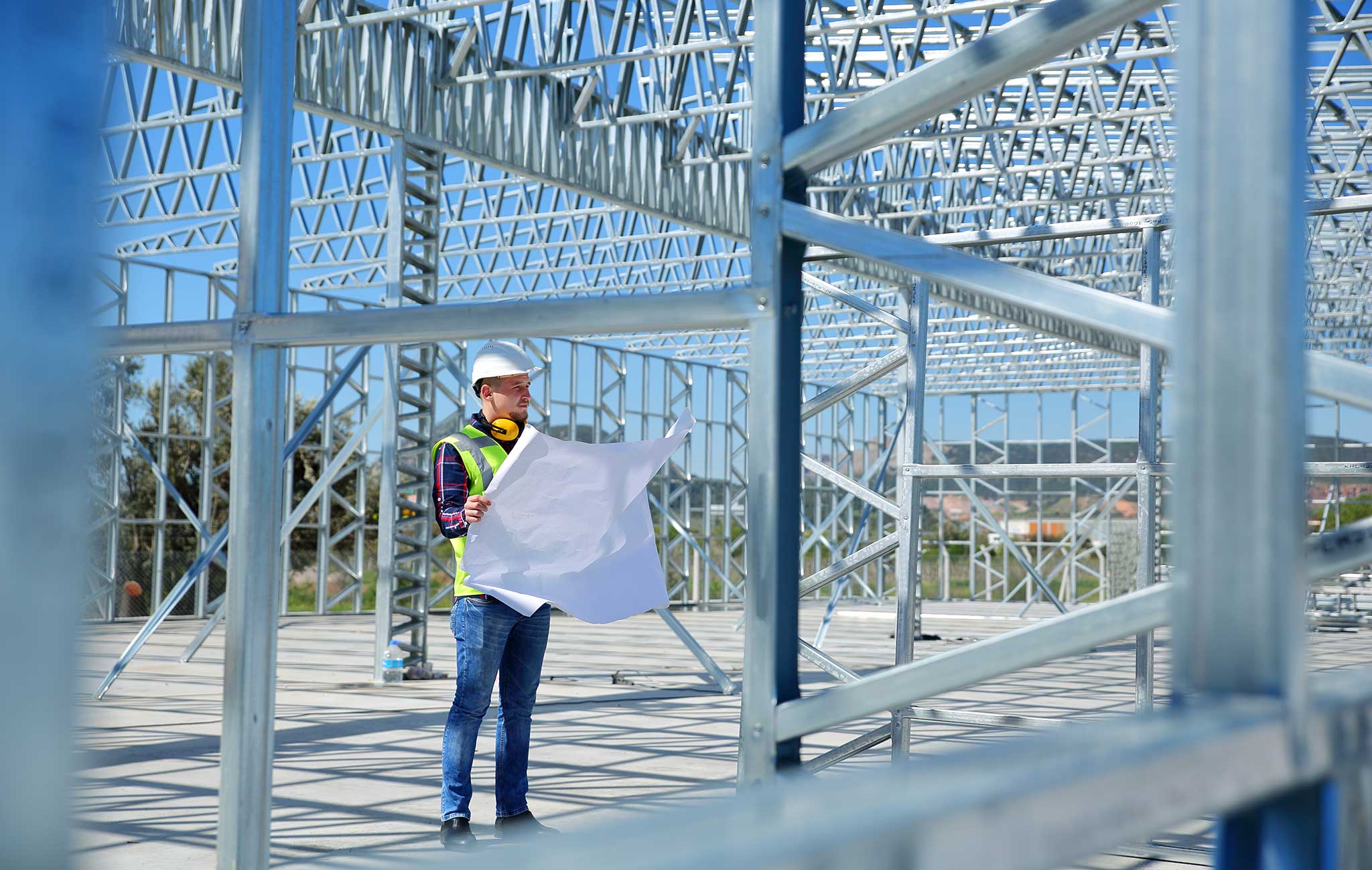
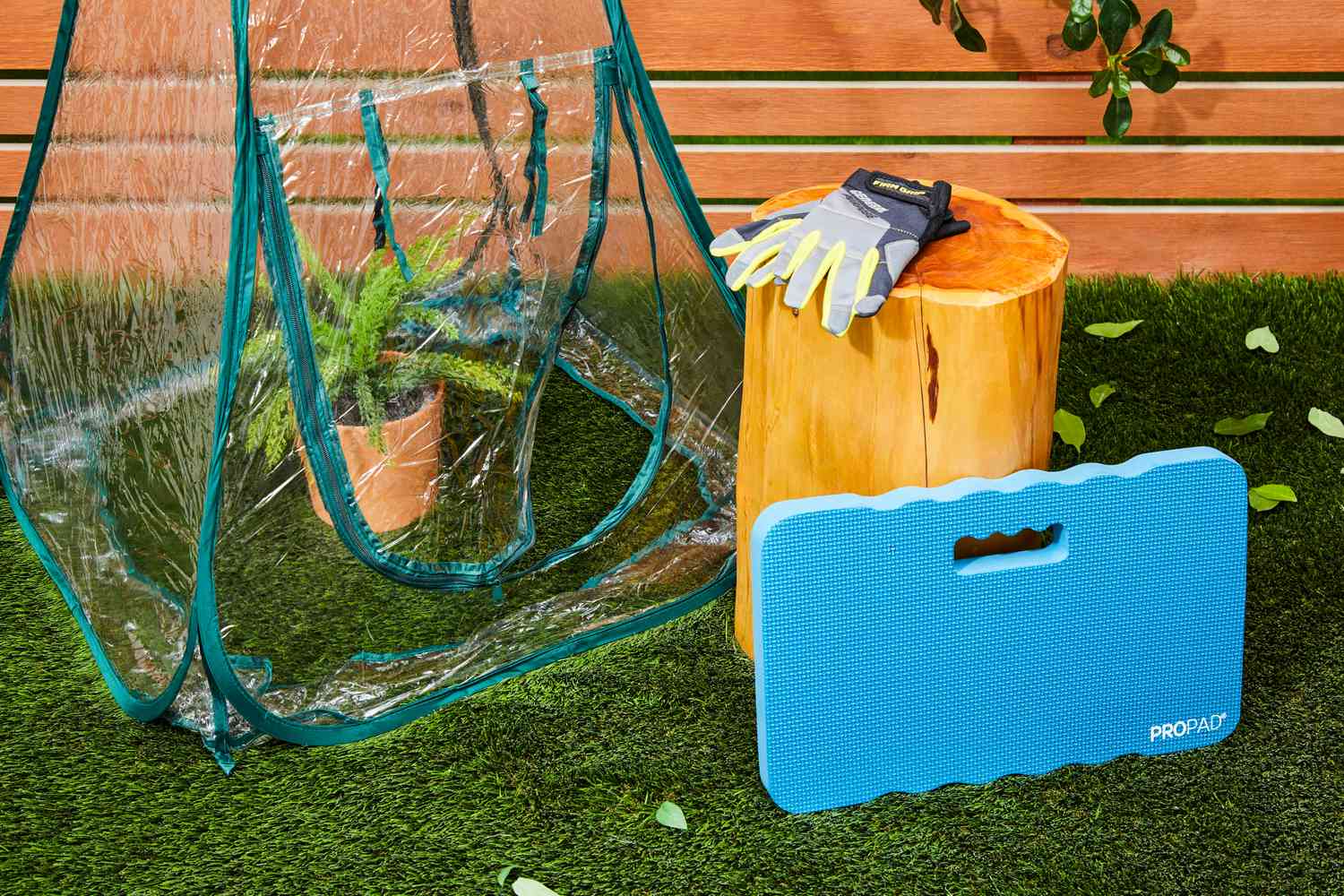
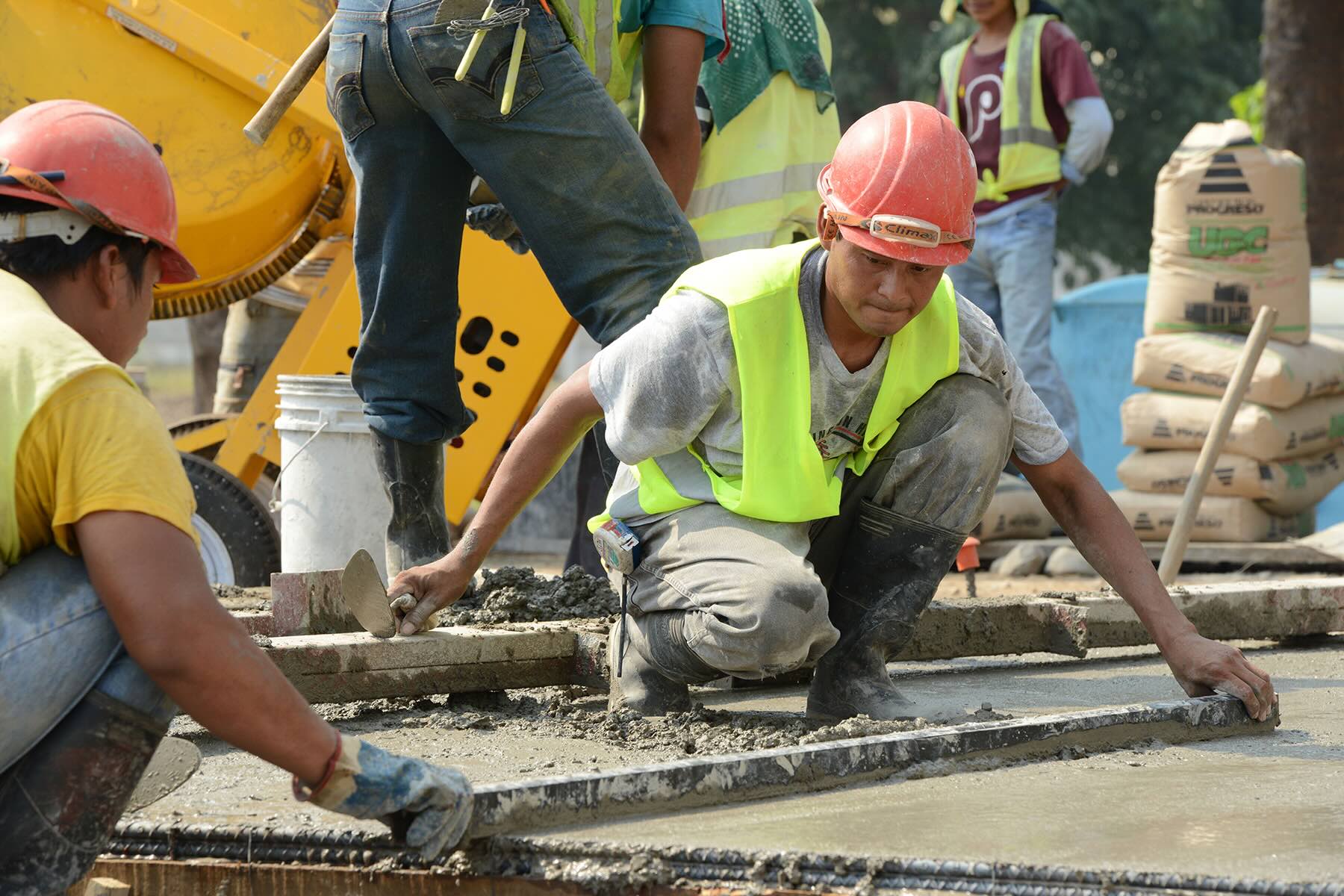
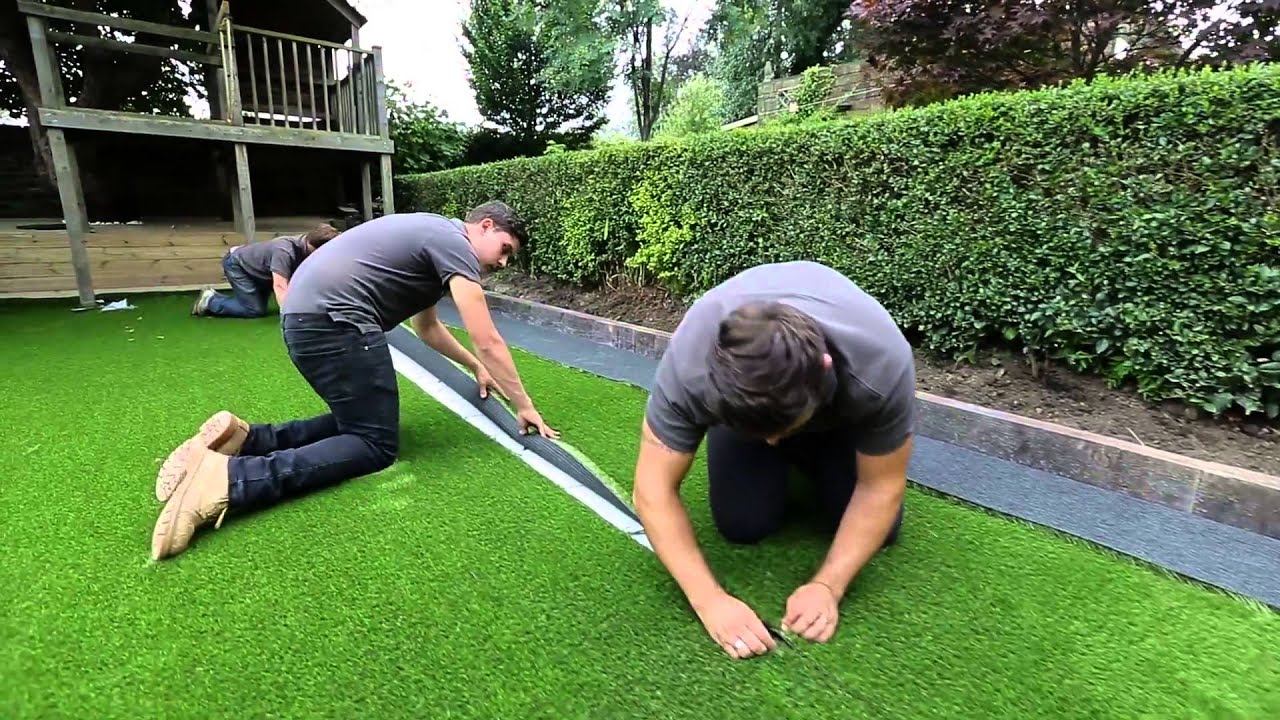
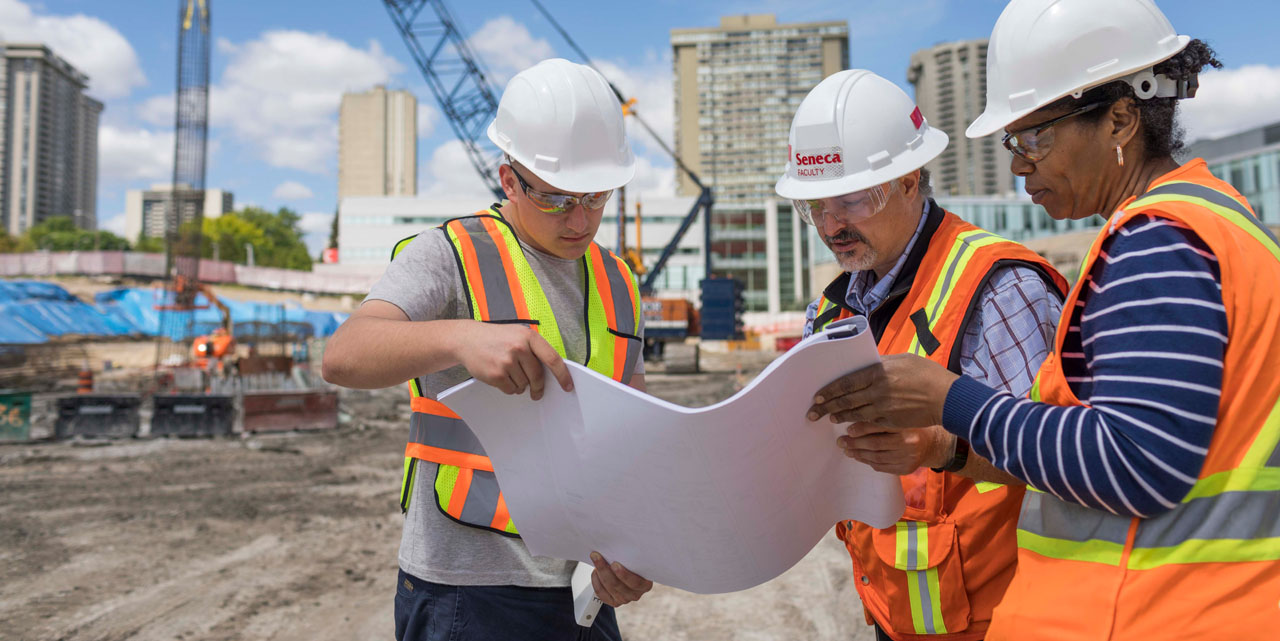


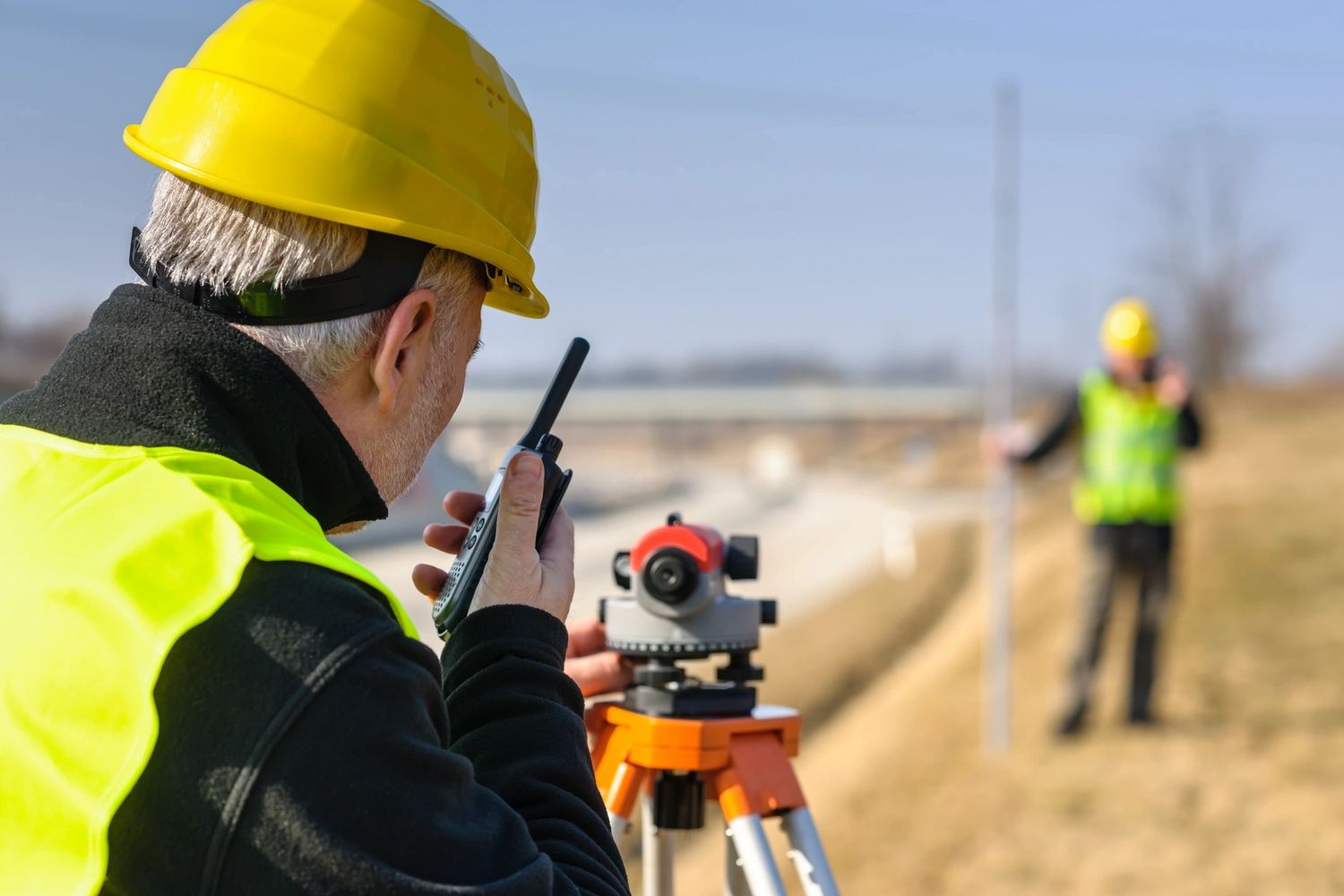
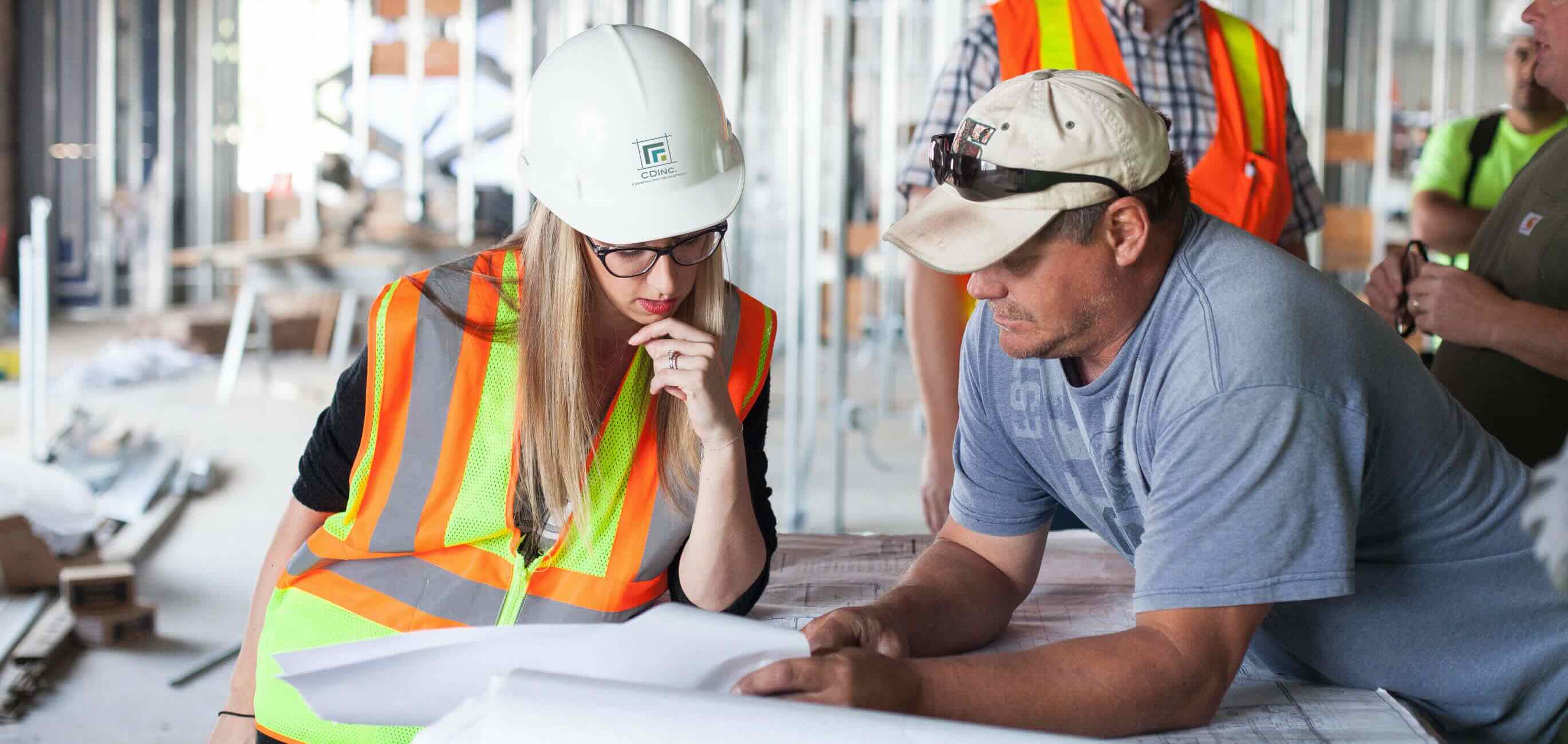

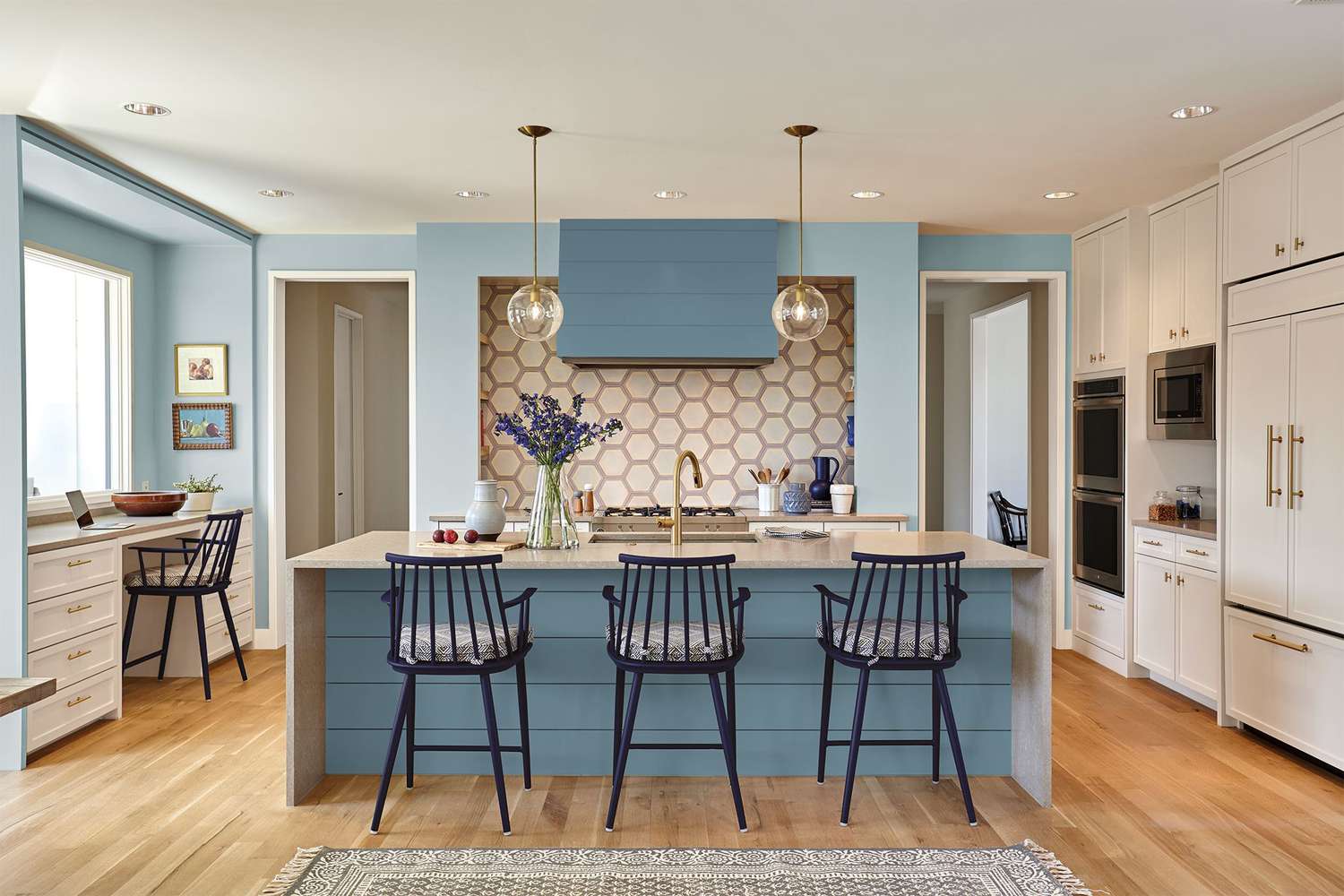
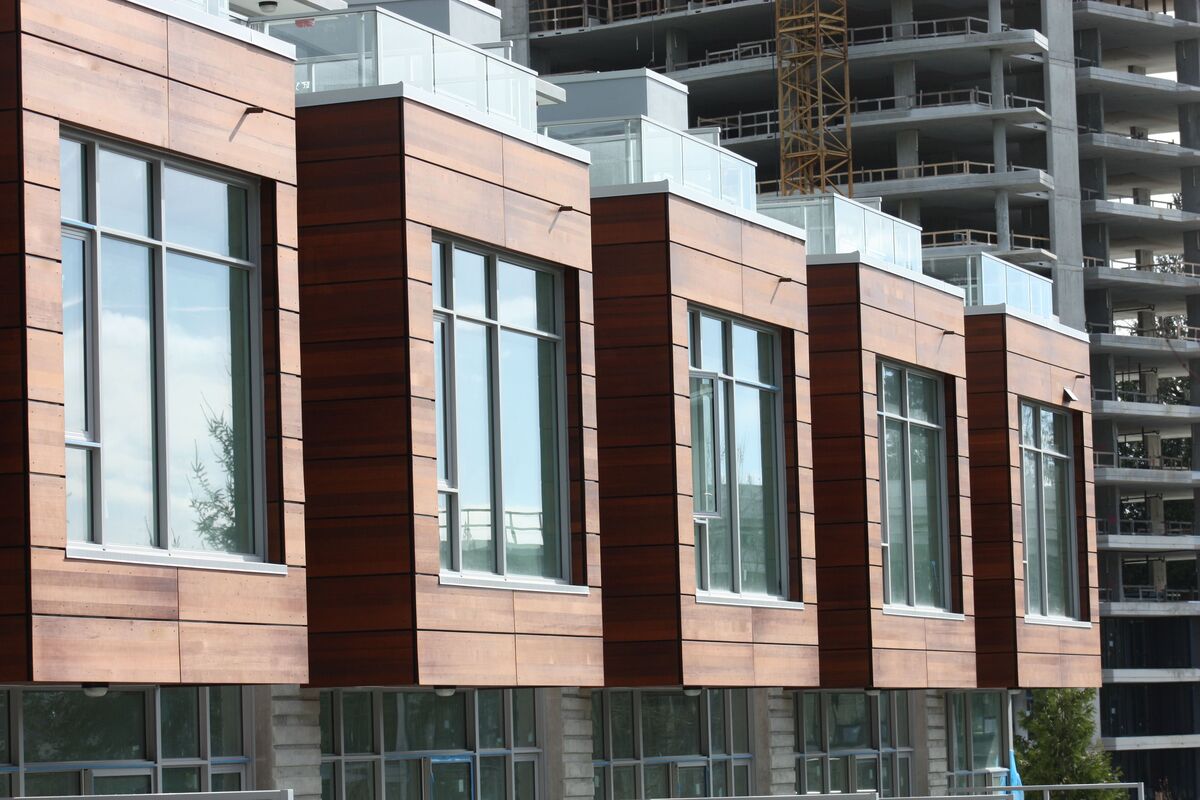

0 thoughts on “What Is The Title Of The Engineer Who Works On Garden Design”